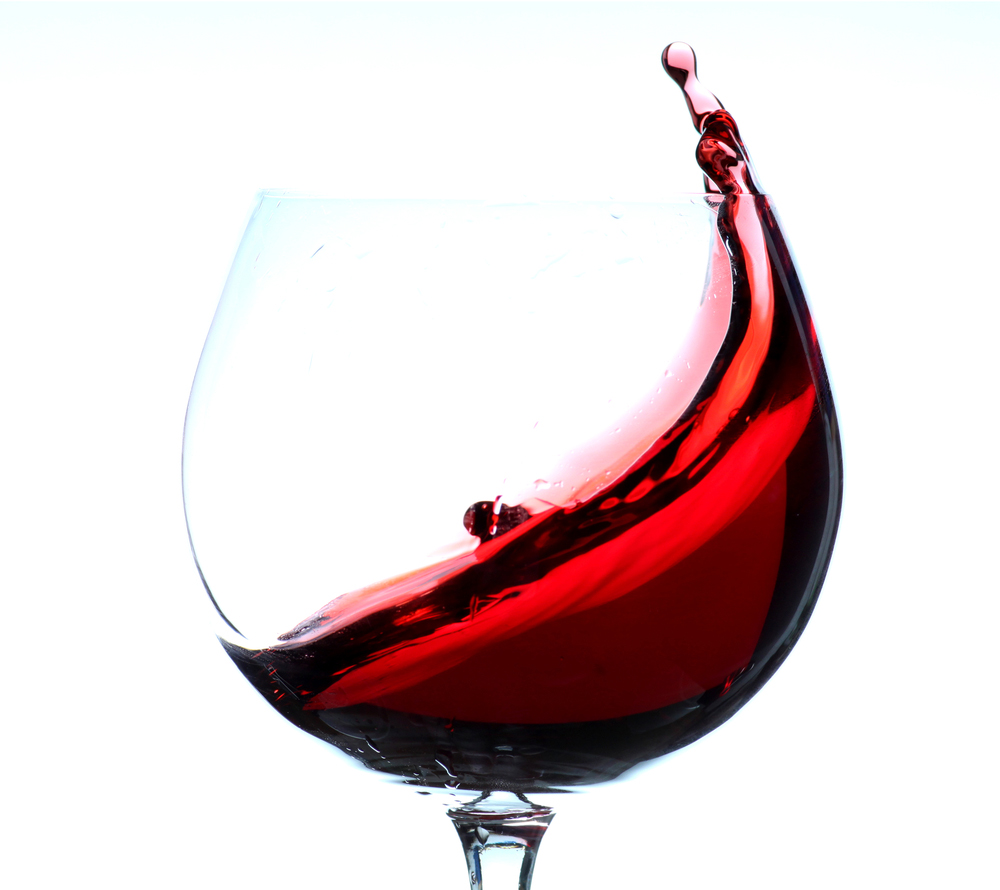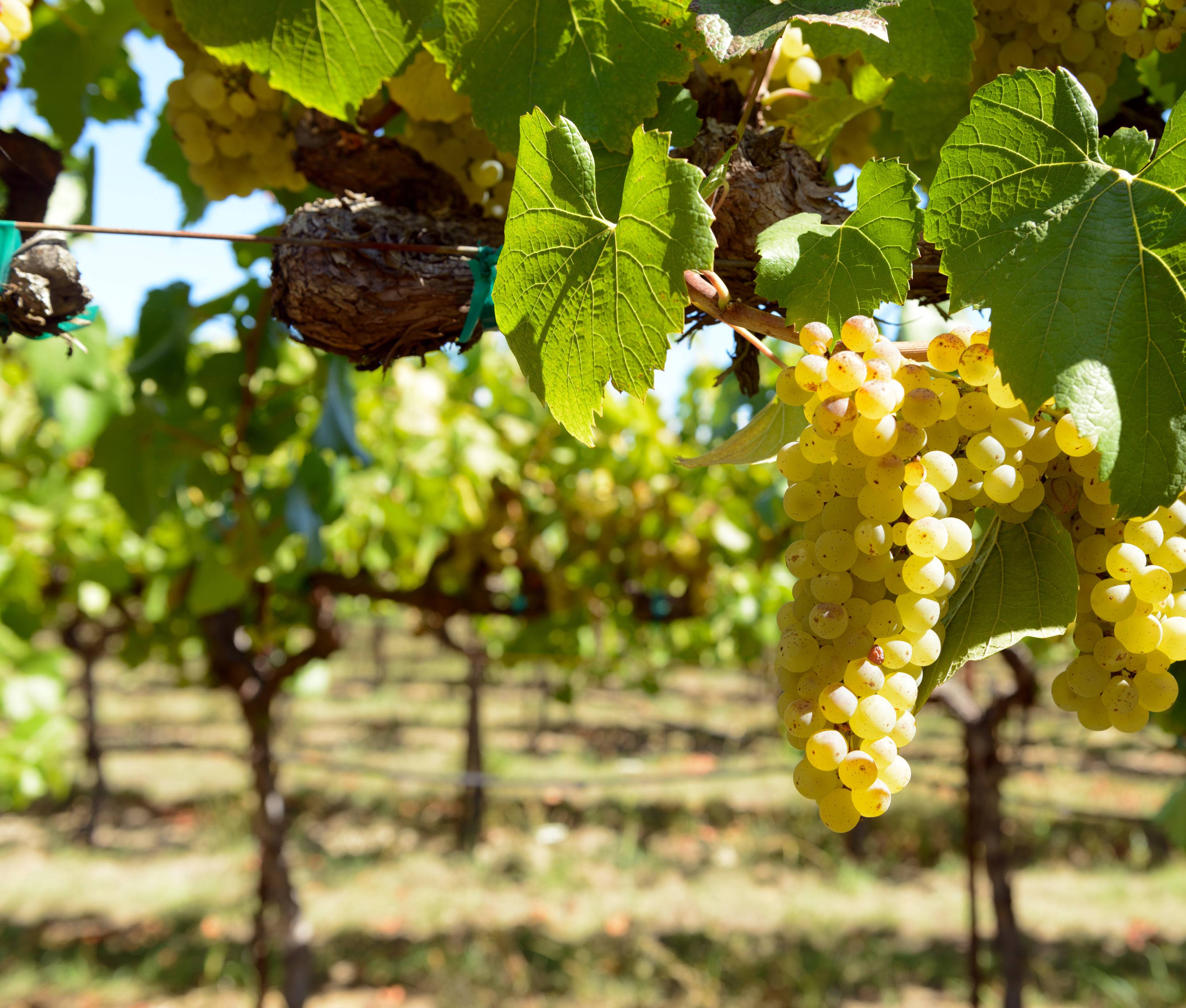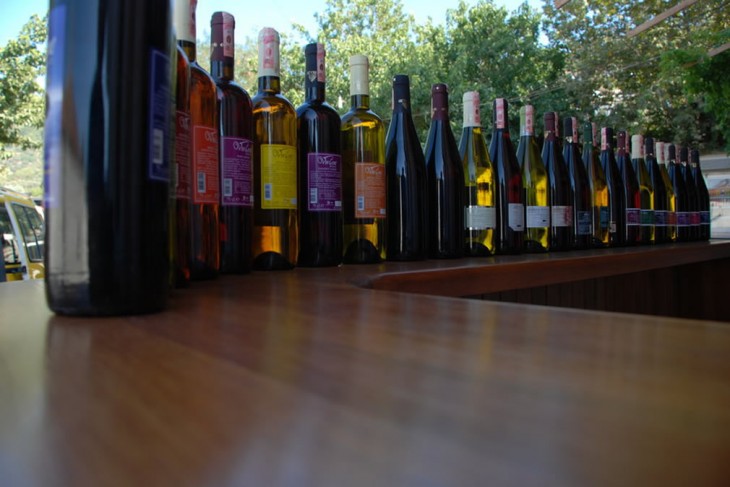Acquiring and tasting wine might seem a little random to beginners. In order to figure out what wines are your favorites, it helps to enhance your personal palate. The science of wine analysis is commonly used to rate wines, but the easiest way to discover the wines you like is to taste them for yourself, and learn to classify wines by their key traits.
These are the five most basic characteristics of wine:
- Sweetness
- Acidity
- Tannin
- Fruit
- Body
1. Sweetness
How sweet a wine is, or is not, is referred to as the dryness level. This is one of the most common things that people are aware of when they taste wine. Even if you are a beginner, the characteristic of sweetness is one of the first things that will noticeably hit your tongue. Your brain perceives the taste of sweetness from the tip of your tongue, and this is where you should focus your attention when trying to define how sweet a wine is. If your taste buds seem to get a tingling sensation, it is a good sign that the wine is sweet. It might seem confusing, but even dry wines often have a sweet hint to them, in order to give them a larger sense of body. If you notice that you enjoy a particular wine with residual sugar, you probably enjoy sweet wines.
Tips for Detecting Sweetness in Wines
The tip of the tongue seems to tingle as the wine hits it.
Moving on from the tip, there is a minor oily feeling that stays on the middle of the tongue.
Sweet wines tend to have a higher level of viscosity, as in they are thicker. If you swirl your glass and notice that the wine clings to it for longer, it is more vicious.
Remember that dry reds commonly have less than a gram per liter of residual sugar. This fact can help you identify whether or not a wine will be sweet.
Some wines appear to be highly dry, when they actually have a high level of tannin.
2. Acidity
Wines with a high level of acidity generally have a zesty and sharp taste. People often taste an acidic wine and confuse this characteristic with a higher alcohol content. Wines that were grown in cooler climates tend to have more acidity than those grown in warmer vintages. A wine that contains more acid will seem to be lighter, because it will be more “spritzy” on the palate. Wines with with lower levels of acidity tend to be more full-bodied, with a richer taste.
Tips for Detecting Acidity in Wines
The top of your mouth will have a rough feeling against your tongue.
Acidity creates a tingling feeling on the sides and the front of your tongue. This sensation is similar to what you would experience with fizzy drinks and popping candy.
Your mouth might feel overly wet, as though you were eating a moist apple.
3. Tannin
This is one characteristic of wine that many people are unsure about. Tannin in wine is easy to confuse with dryness, because tannin actually dries out your mouth. Tannin is simply the contents of phenolic compounds, and it gives wines a bitter taste. These phenolic compounds are naturally found in wine grapes, in their seeds and skin, but they can also be fused into wine by the use of wood barrels, such as oak.
It is easy to identify tannin, once you know how to do so: imagine that you have a wet bag of tea sitting on your tongue. Wet tea is high in tannin, and it has a bitter sensation, that dries your mouth. Tannin has a plant-like taste, that is often acrid. These might not seem like characteristics that are desirable for any wine. However, tannins give a sense of balance, body, and complexity that allows wine to be aged.
Tips for Detecting Tannin in Wines
Tannin can cause your tongue to feel dry.
A bitter taste on the sides of your tongue, and on the inside of your mouth, at the front.
Even after you have swallowed, there is a lasting dry, bitter sensation around your mouth.
Wines that are high in tannin are often mistaken as being dry, so it can be easy to confuse these two characteristics.
4. Fruit
Fruitiness is usually one of the key characteristics that people focus on when tasting wines. Fruit flavors are easy to identify, because most people have something tangible to compare them to, namely real fruits. This is why detecting fruitiness is a great way to identify your favorite types of wine. One particular fruit taste, such as that of strawberry, can relate to a series of different wines, such as those with blackberry qualities. The amount of fruitiness that you detect in a particular wine can be an indication of the region that it was produced.
Tips for Detecting Fruitiness in Wines:
Red wines often have a dark, berry-like quality.
White wines tend to have lighter fruit flavors, such as lime or peach.
If you can name a few different fruits, it should be easy for you to identify what you can taste in any given wine.
Are there other flavors in the wine, such as pepper, grass, peppermint, or even meat?
5. Body
Even if you ignore all other characteristics, it might still be easy to select a wine based on its body. Would you like a light-bodied wine with dinner? Perhaps you would rather something with a more full body. The body of a wine results from a variety of factors, such as the type of wine, the region that it was made, when it was made, and how much alcohol is in the wine. The characteristic of body is an overall impression of a wine. Consequently, learning to identify a wine’s body can improve your tasting skills greatly.
ABV (Alcohol by Volume) gives wine more body. A wine with a higher level of alcohol will have more viscosity.
Tips for Detecting Body in Wines
Compare the wine to others that you have tried. Is it lighter? Does it seem somehow bigger?
How prominent is the after taste? Does it last for just a few seconds, or perhaps even minutes?
Some wine seems to have more body at first, and then less towards the finish.
Conclusion

Learning the different characteristics of wine can help you find the ones that you enjoy. With so many wines being produced each year, it helps to have a simple system for classifying them. It can be hard to spot different characteristics in wine, unless you work on your palate.


